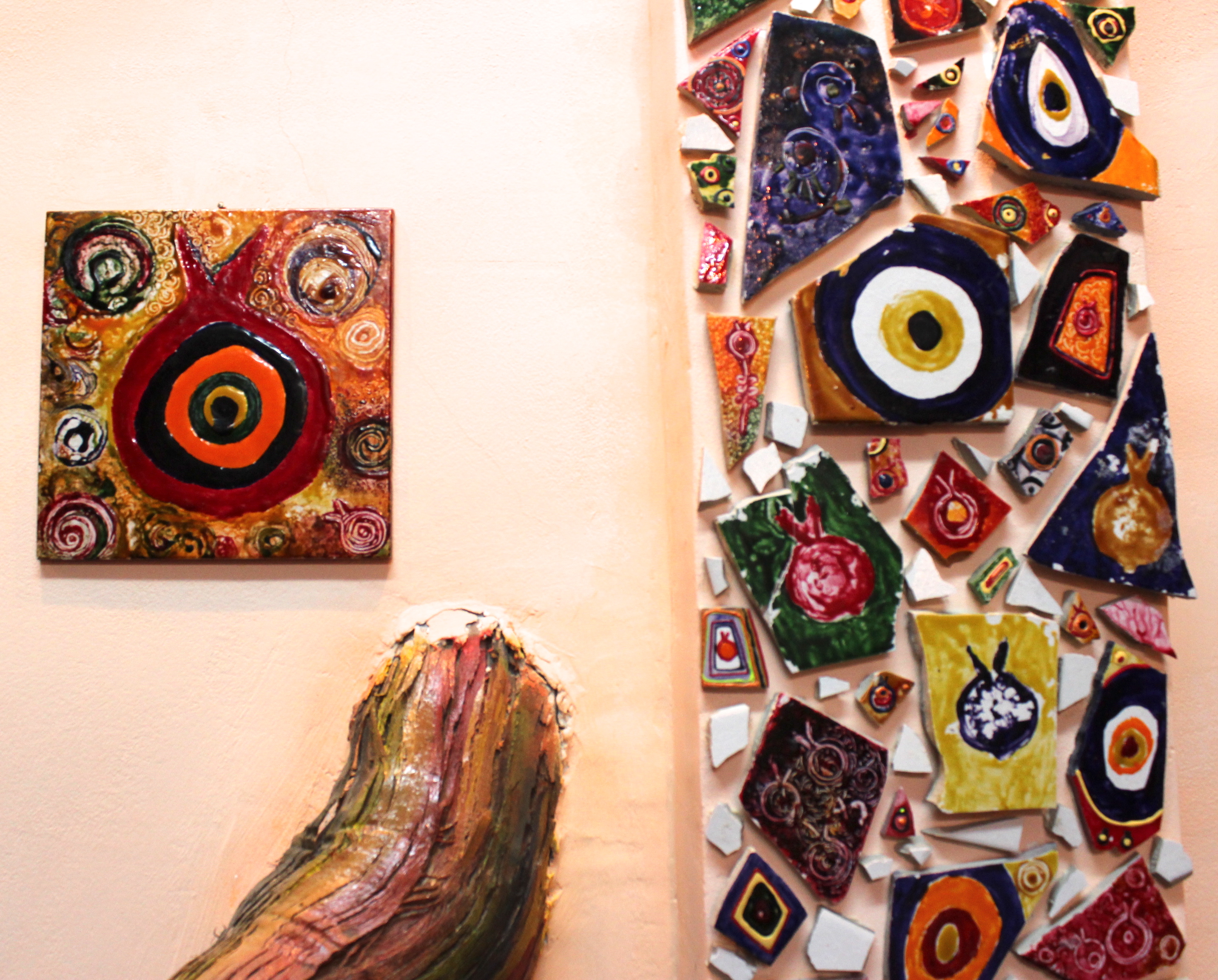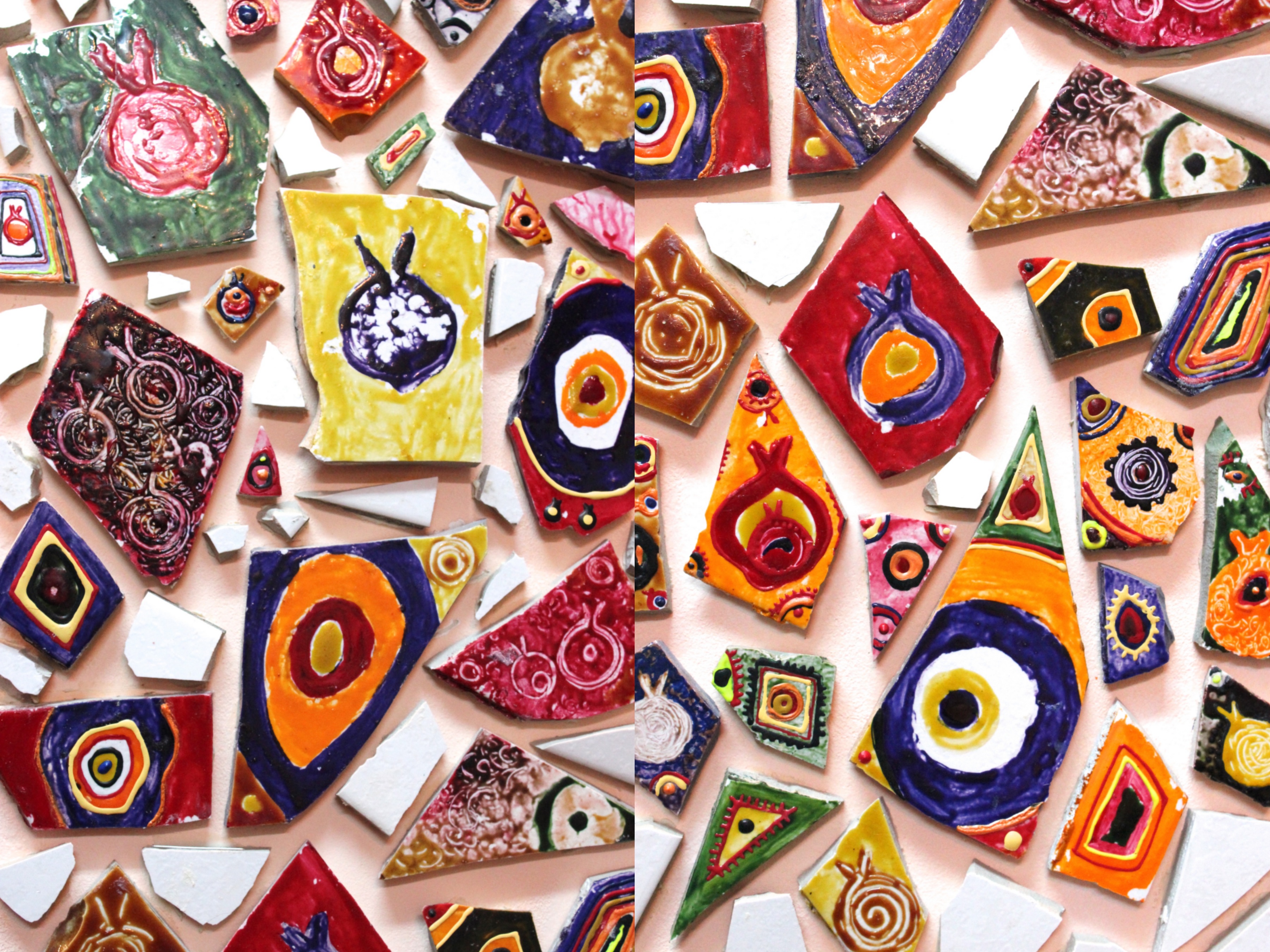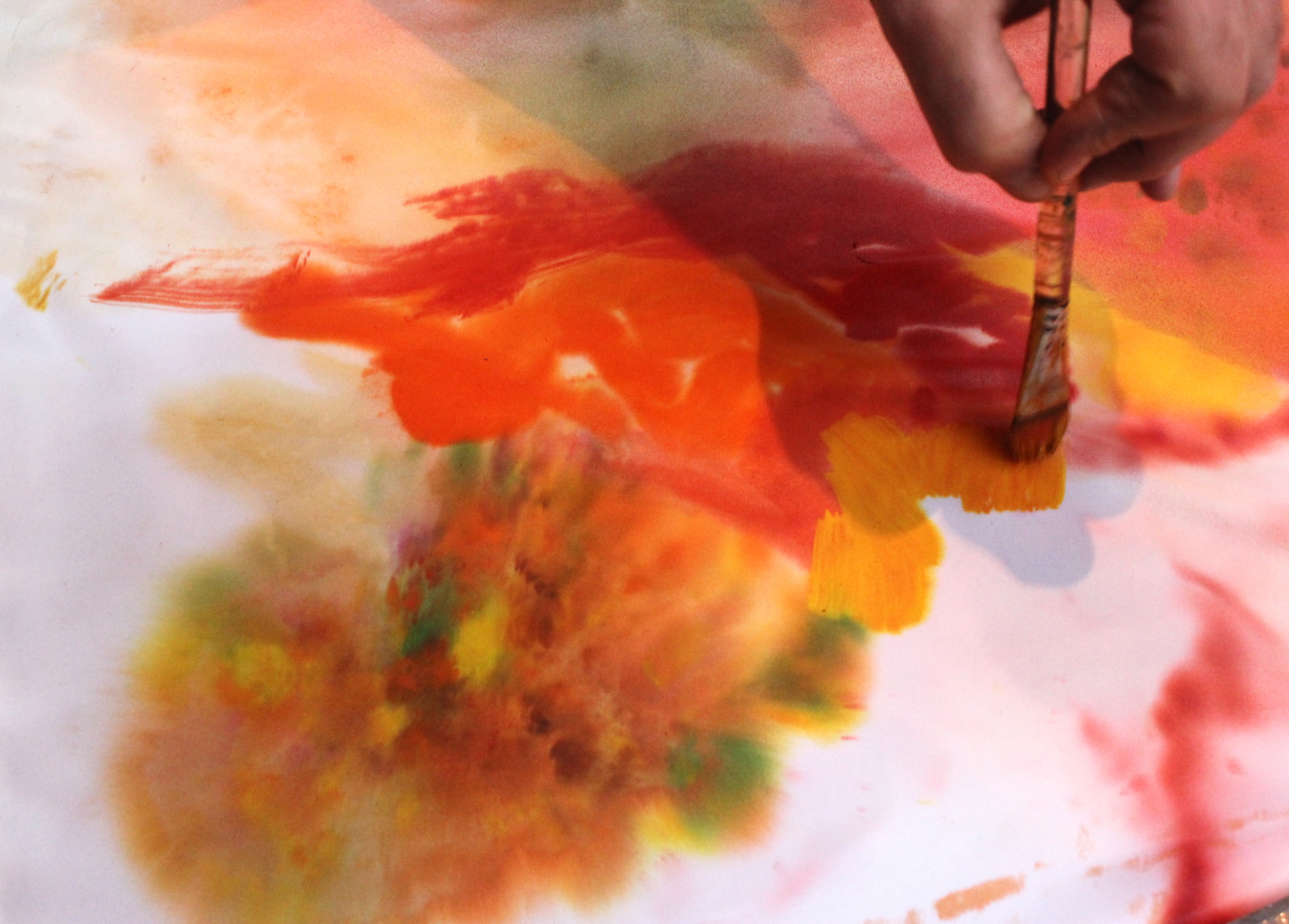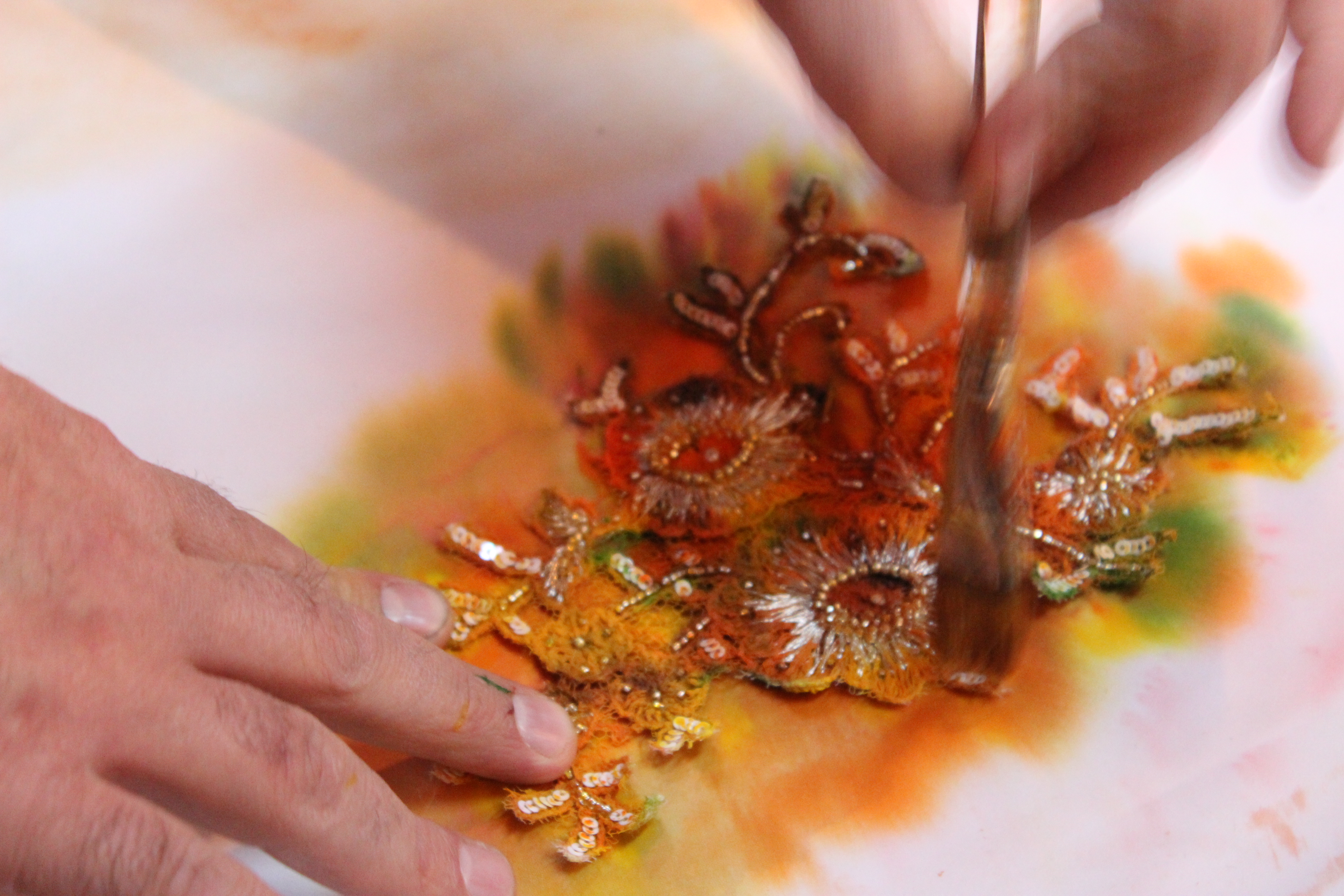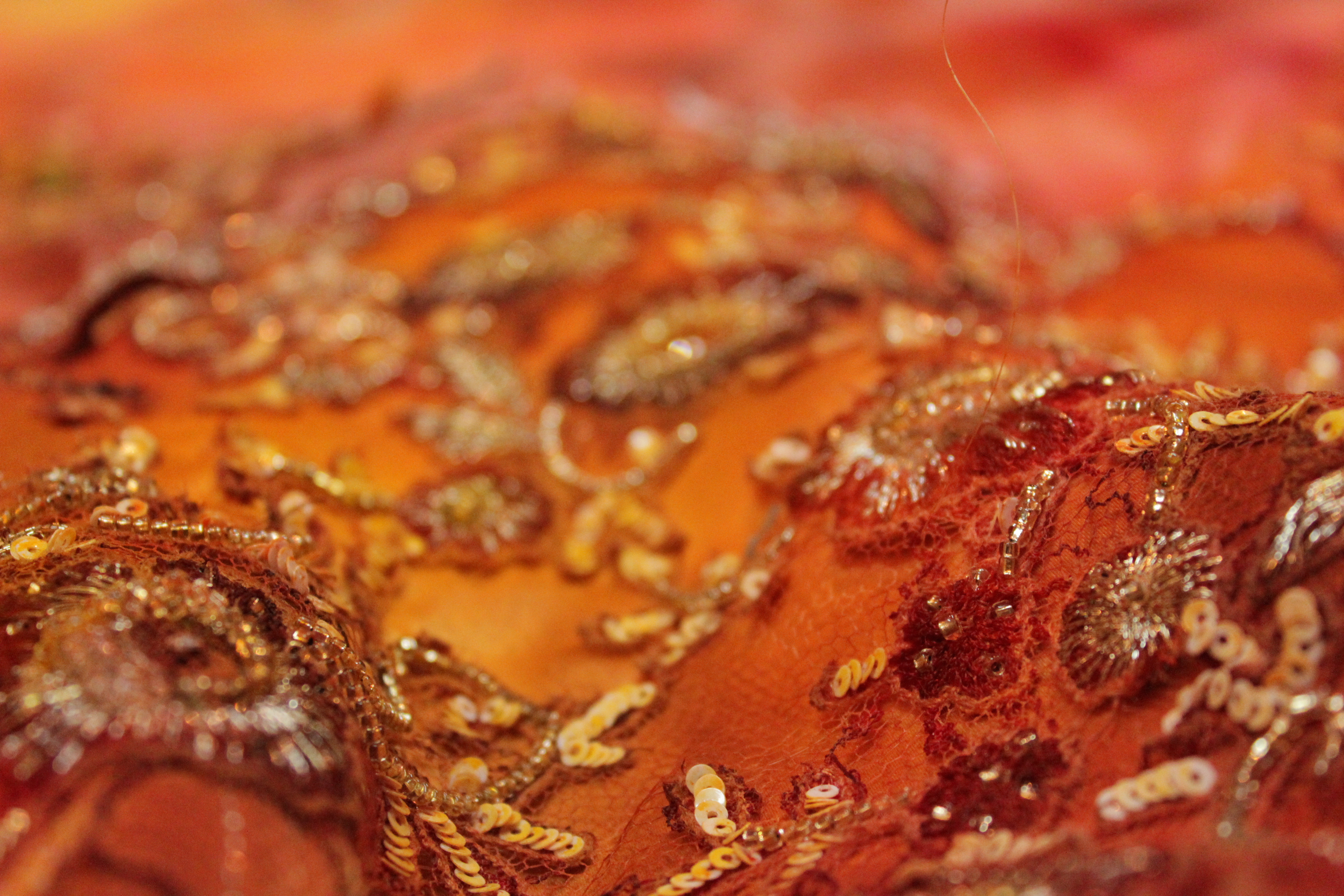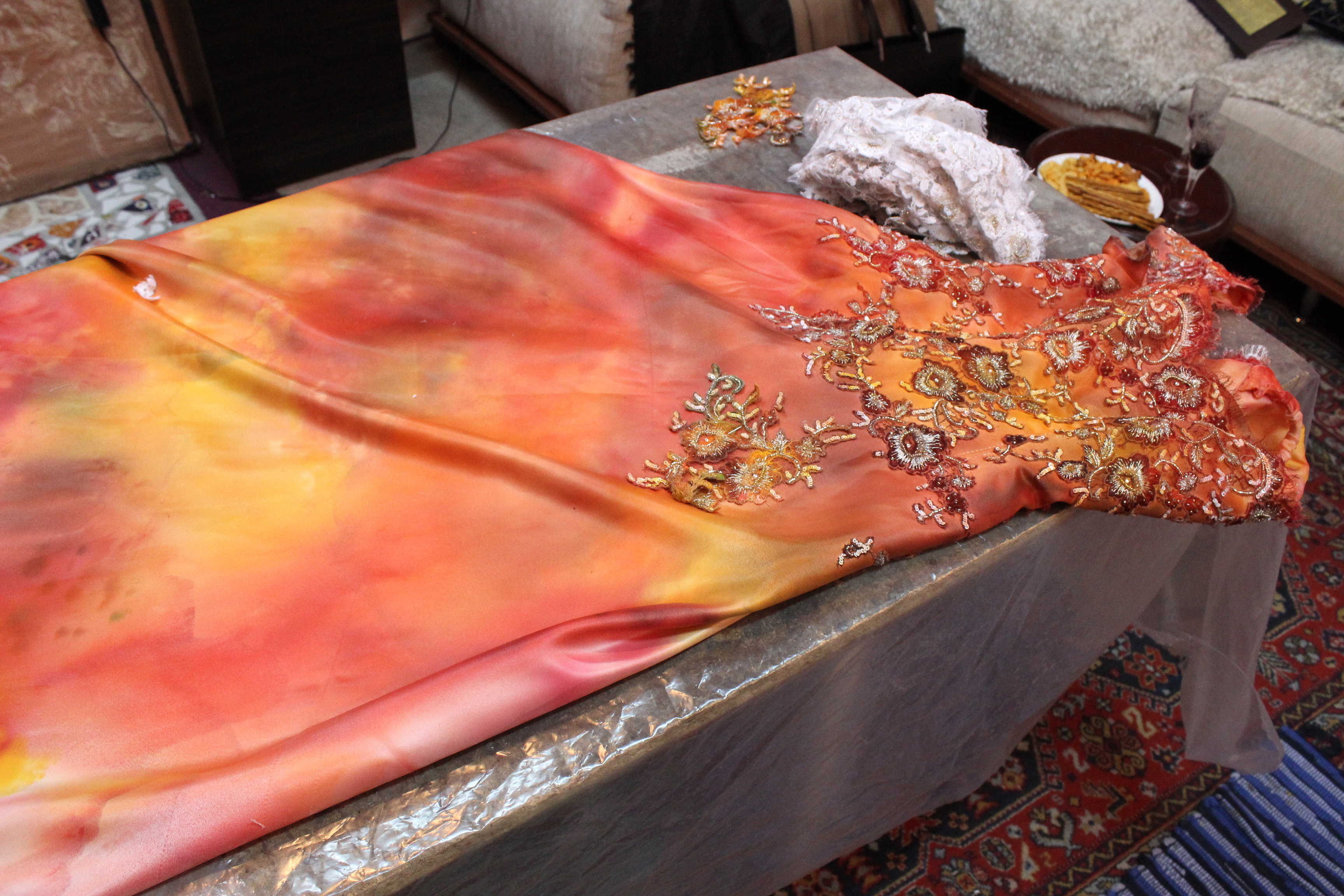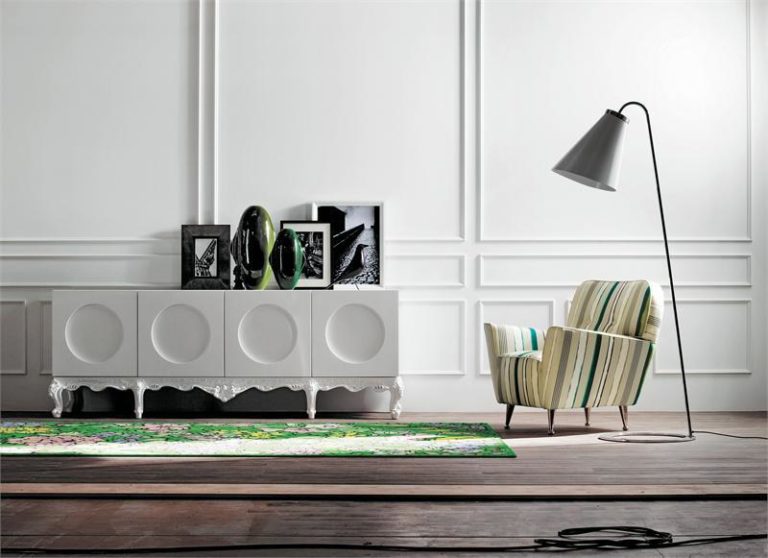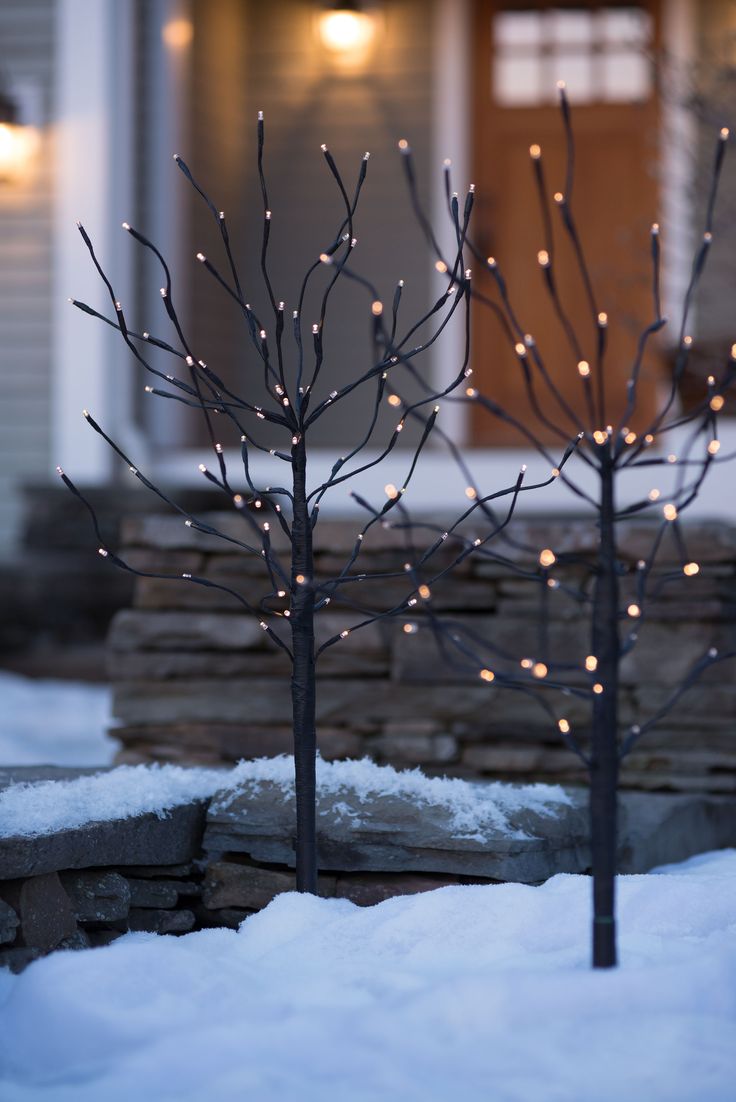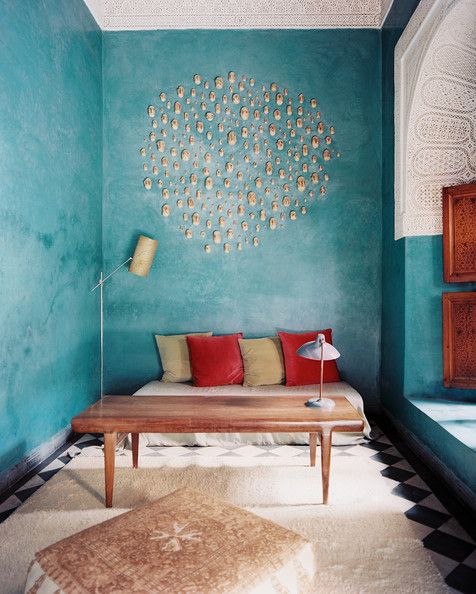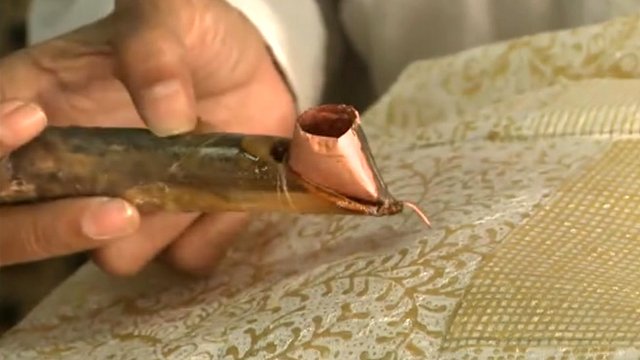Fabric Dyeing: Masterclass With Kevork Nour Shadoyan
“Ok, so what do we need for fabric dyeing?” – I asked.
” Paint, fabric, brushes and water” – he said.
“And that’s it?”
“That’s it.”
At this moment I remembered the quote of my favourite actress Michèle Mercier: ‘Everyone knows the seven notes of the octave, but only Mr. Luli knows how to compose operas’. In our context we can say that all of us can hold paint and brushes, but only few have ability to transform a plain piece of white textile into the medium for expressing emotions, mood, thoughts and feelings. Kevork Nour Shadoyan certainly does have it.
Born in Syria and moved to Armenia several years ago he is a famous fashion designer and tailor with his own very distinctive style, which combines historical traditions of his country with a modern twist. For creating his collections he uses raw white textiles and then dyes them by colouring, painting or collages.
However, his artistic talent is not limited within fashion design and basically he can transform any ordinary object into the objet d’art. I had a chance to see it myself when I visited his studio invited for the masterclass of fabric dyeing. To be honest I have never seen so many quirky details concentrated in one room:
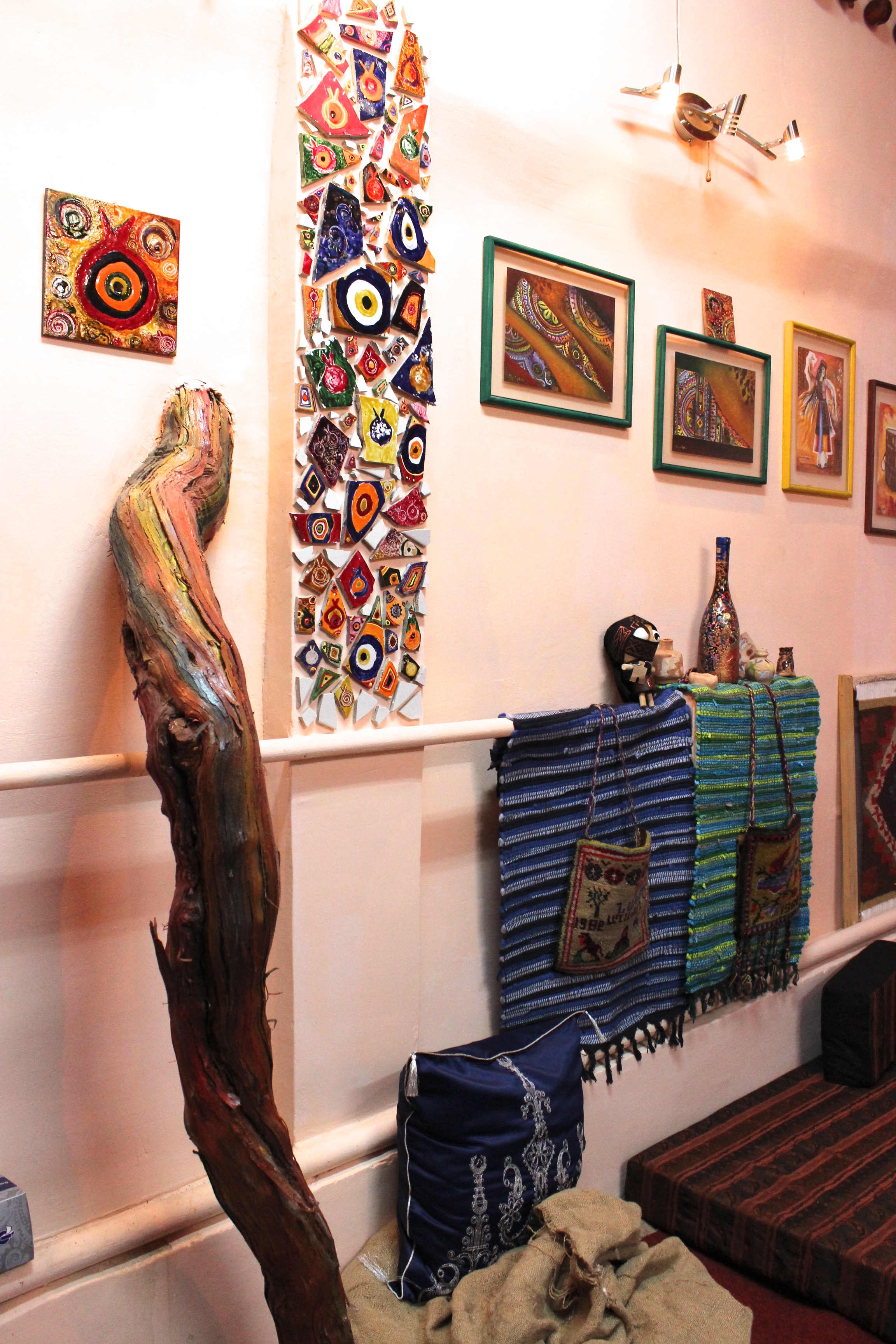
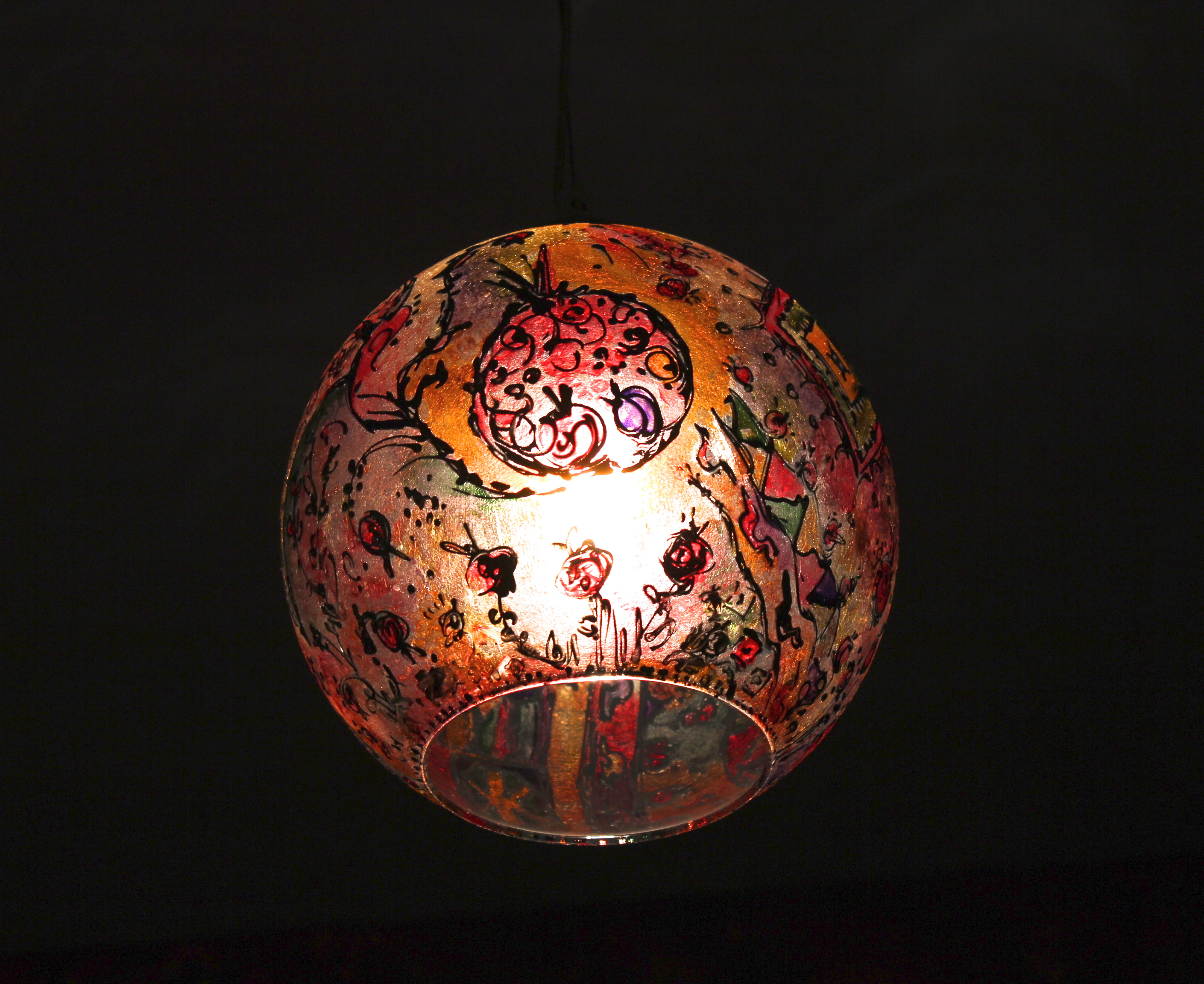
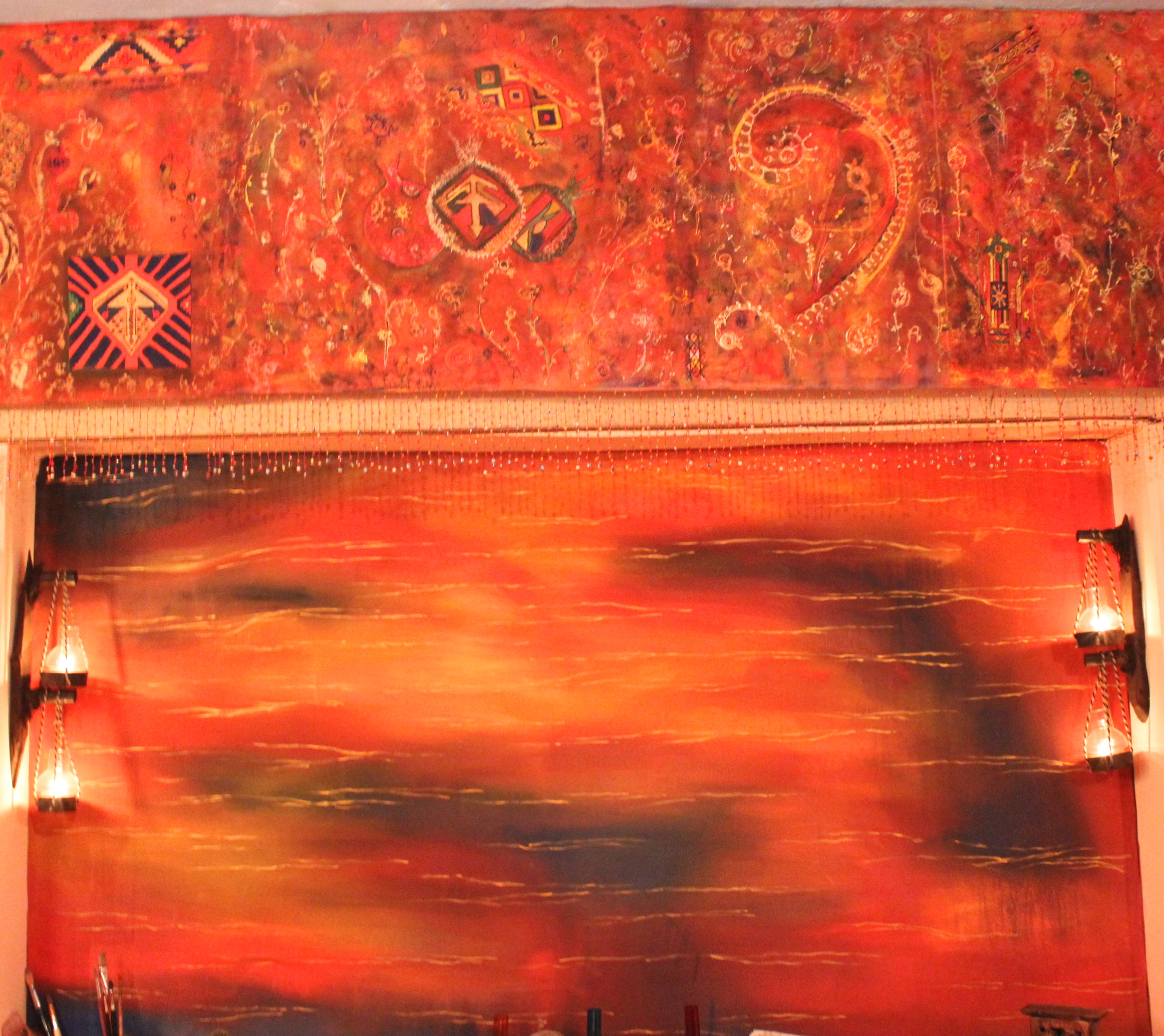
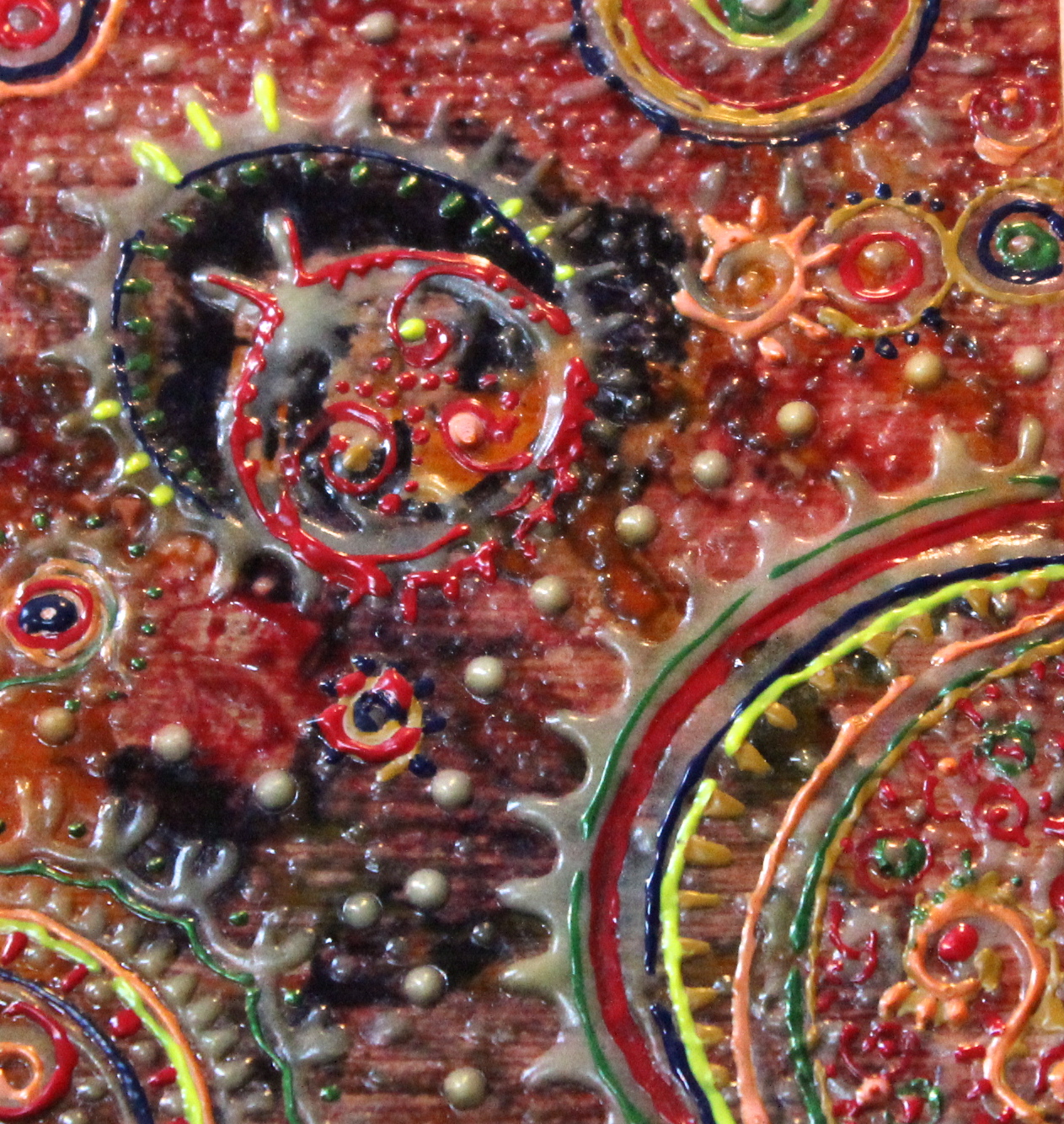
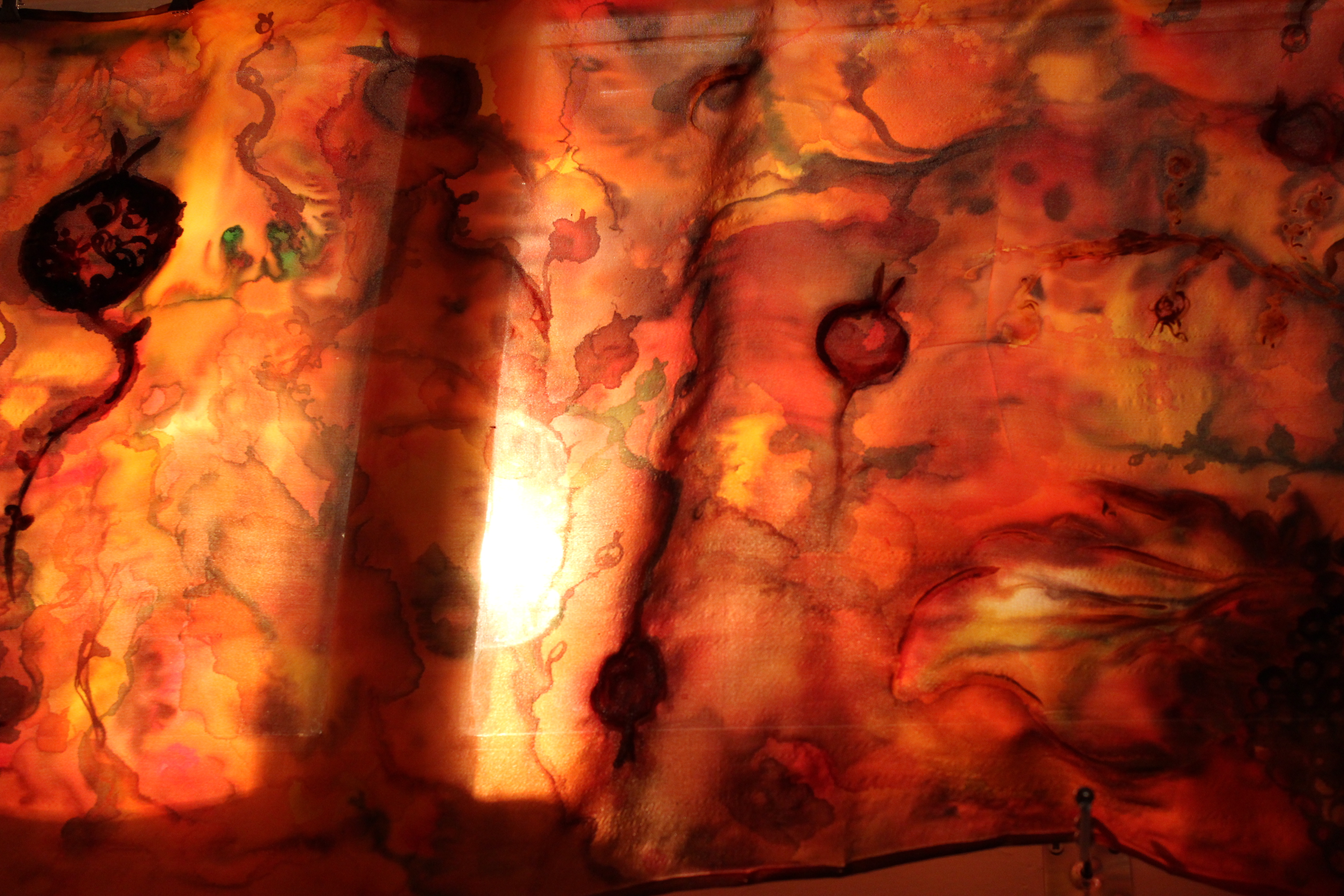
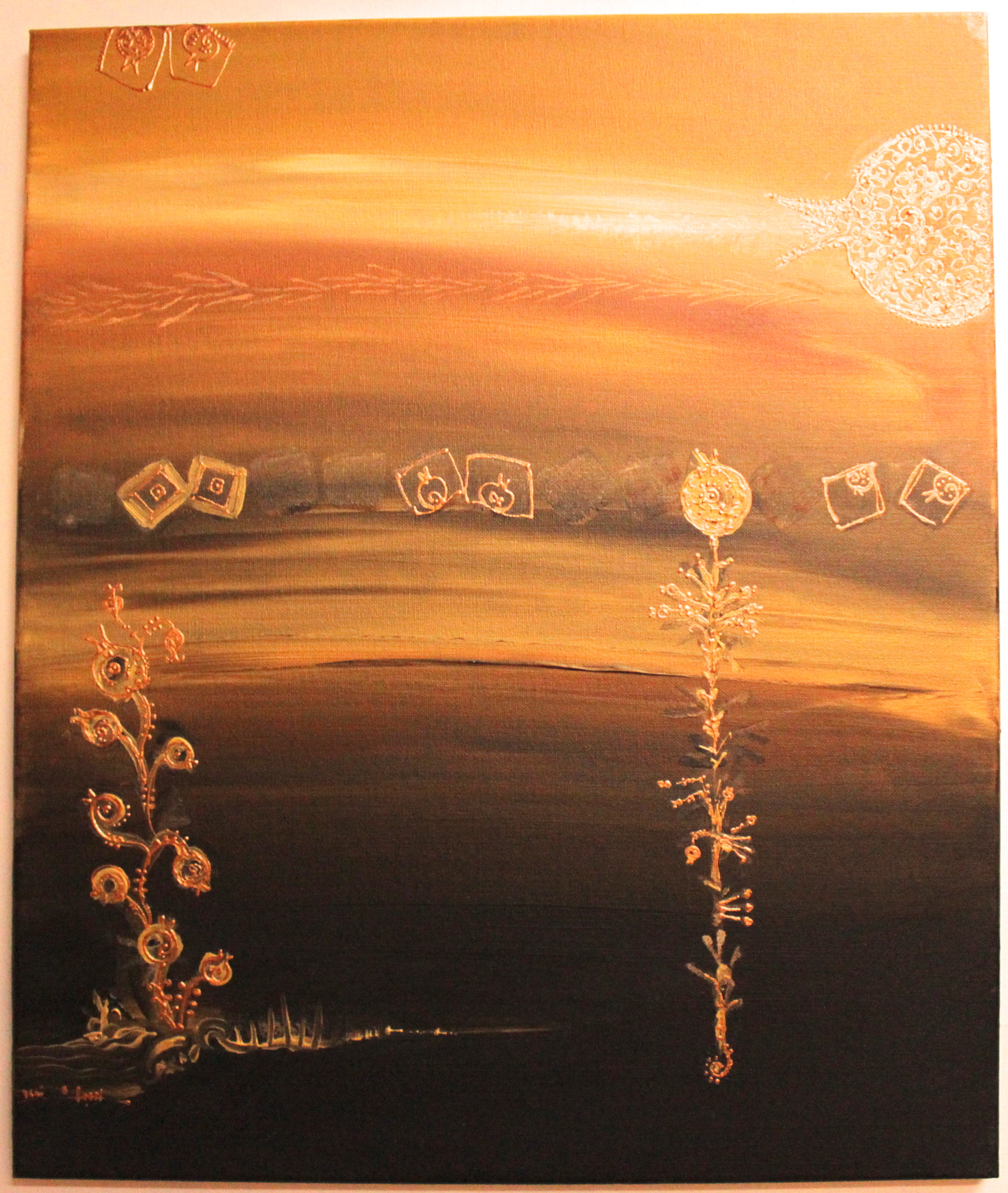
Kevork is now working on his new collection which consists of evening and cocktail dresses and where autumn is a primary theme and inspiration. Fabric for each dress is hand painted and Kevork kindly showed me how to do it. As I mentioned all what you need is special fabric paints, textile, water and brushes.
However there are some little tricks and details you need to know before starting:
1) Best fabric for art dying is silk and cotton as synthetic yarn doesn’t absorb the colorants.
2) For every type of textile there is a special paint. Kevork used the silk paint as this was the fabric he was working on:
3) If you want to achieve clear neat lines, you should draw on a dry fabric, for getting blurry image fabric must be wet. Then just take brushes and express your emotions: as Kevork says “In Art there are no rules…”
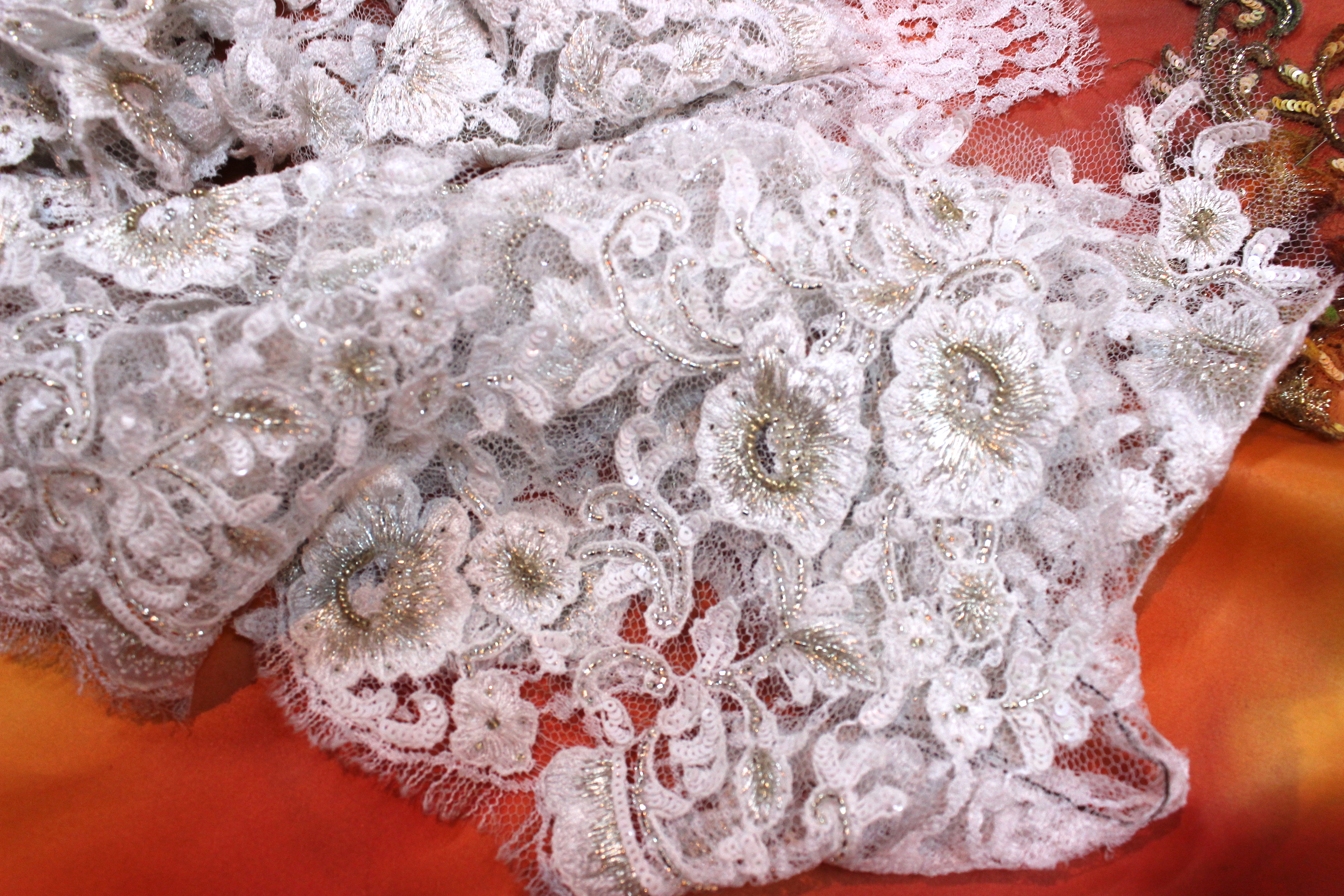
After several hours of meticulous work, the masterpiece is ready! Ta-da:
4) After paint dries it needs to be fixed: you should iron the cloth and then put it for several minutes in the water with fixator: Kevork uses for that purpose vinegar.
Needless to say that creating dresses in this way is a very time and labour consuming work, that’s why Kevork is the only person who does it in Armenia and one among very few in the world.
You might also like:
- Dye Techniques & Projects (instructables.com)
- Some Updates On My Boutique And 7 Tips To Run Successful Online Store (essenziale-hd.com)
- The Art of Ceramics Or The Difference Between Art And Craft (essenziale-hd.com)

